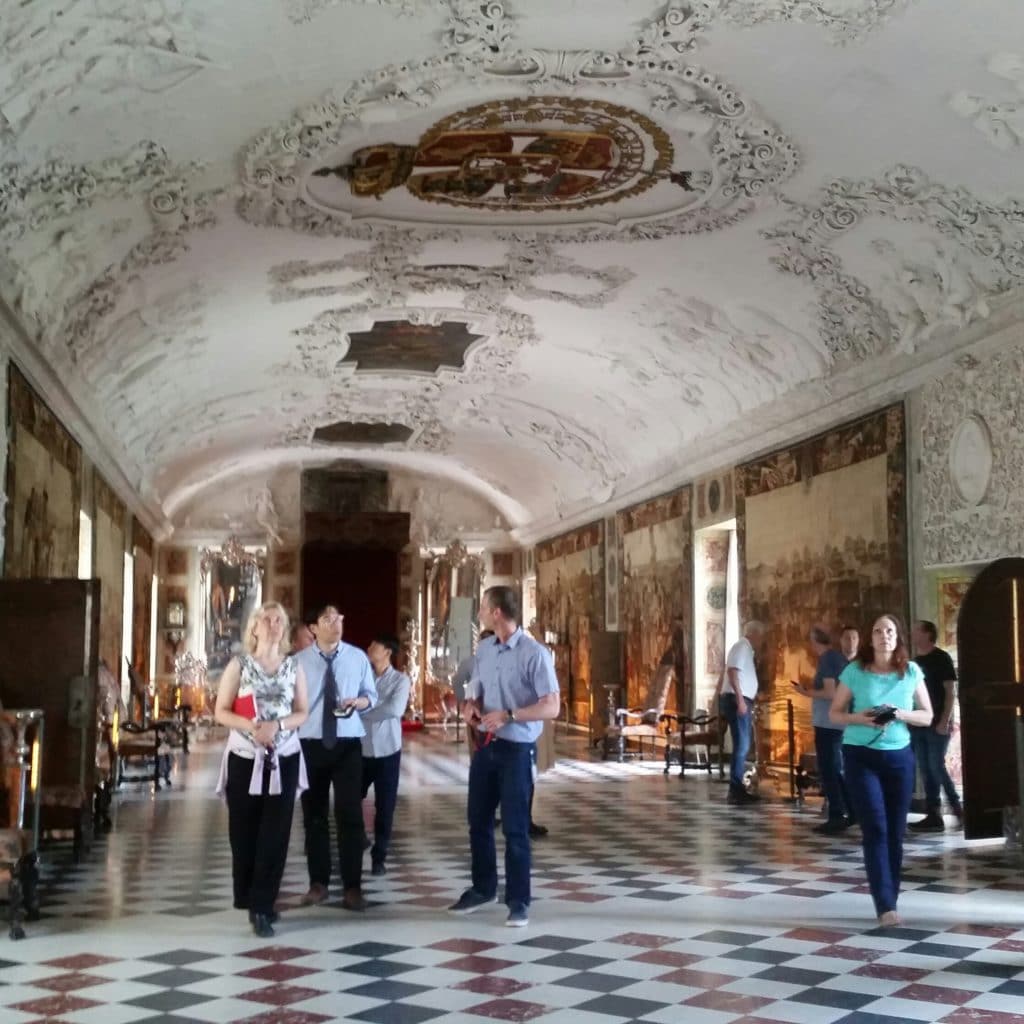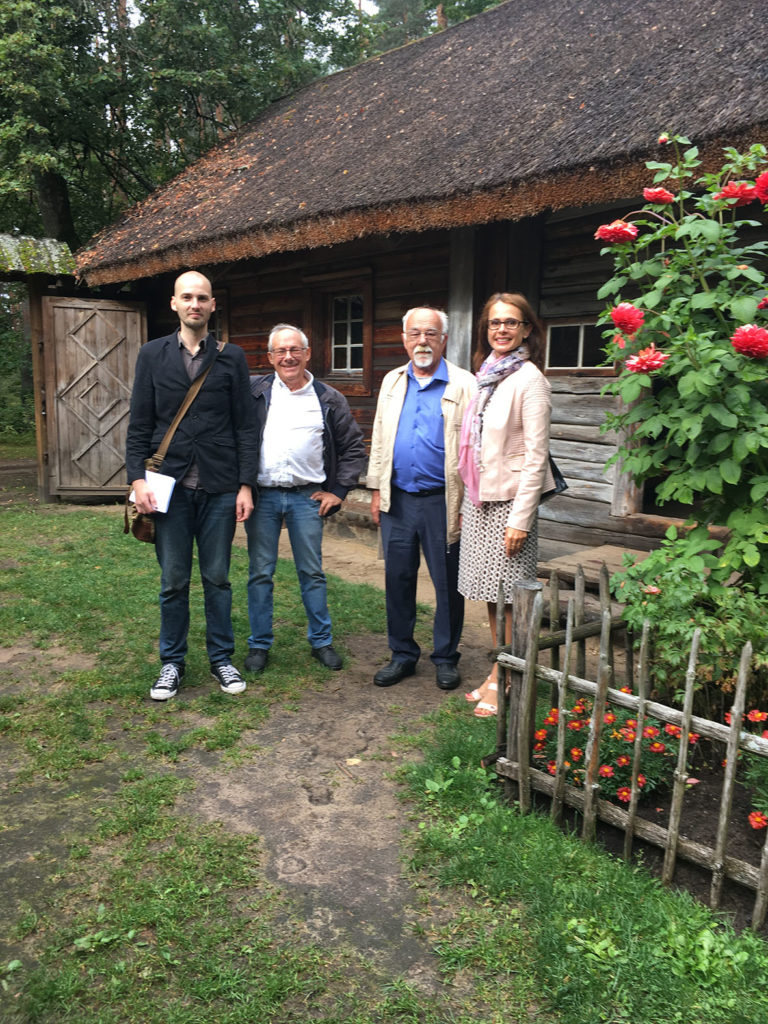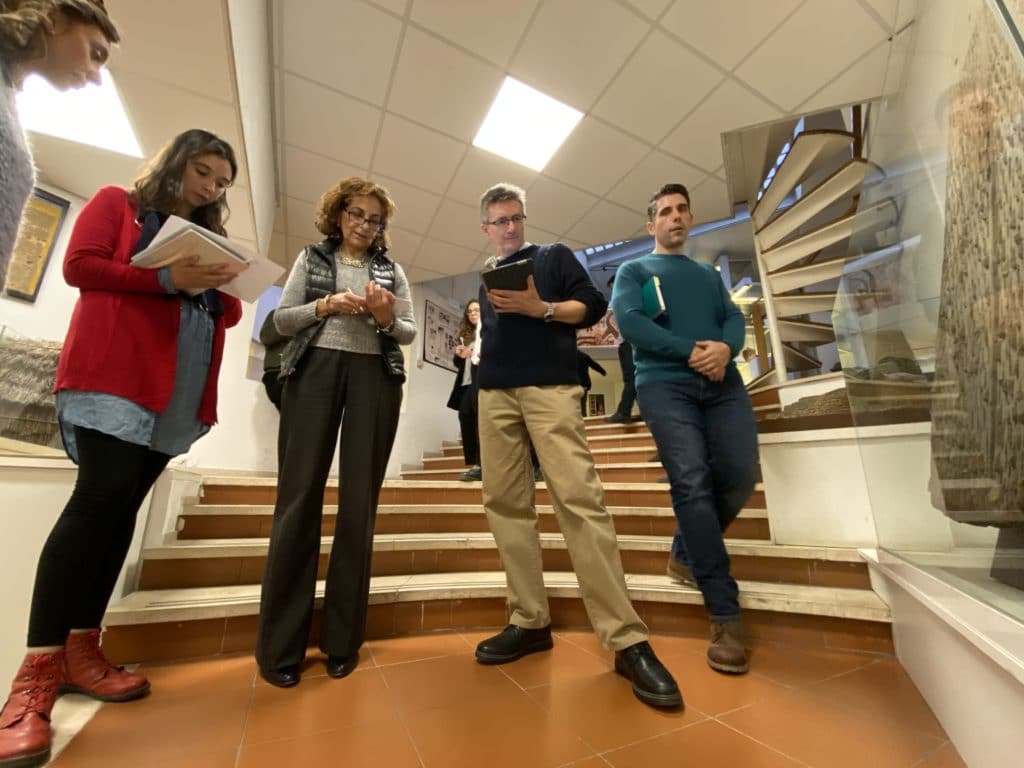An widely applicable, innovative service package for the preventative conservation and monitoring of artworks on display, in storage and during handling and transport
For a year, CBC has been part of the COLLECTION CARE project, financed by the European Community under Horizon 2020
This three-year project, involving eighteen partners from nine countries, is aimed at defining standards, protocols and procedures which will strengthen conservation strategies within the vast network of small and medium sized museums in the 27 countries making up the European Union. There are 190,000 of these bodies tasked with the mission of preserving and increasing awareness of the objects in their care. However, as is well known, they often struggle to implement preventative conservation measures, chiefly due to lack of funds and specialised staff as well as the difficulties of creating networks to compare experiences and management models.
For these reasons, Collection Care is offering the means for an overall revision of the existing system, providing a series of experts with the know-how to devise protocols and technology which can support the work of individual museums and strengthen their preventative conservations strategies. Indeed, as deterioration in its various forms almost always arises from interactions between an object and its immediate environment, anything which reduces the severity and frequency of these is clearly desirable.
Sustainability has been a key consideration throughout the project, governing all choices from the technology selected to the services and management models proposed
However, the key innovation is the construction of a model in which all types of information – microclimate data, monitoring protocols, degradation models – can be shared between all participants within a management network. Unifying terminology, operating methods and data analysis in this way provides a double advantage: firstly, for the individual museum otherwise unsustainable costs and human resources allocations are contained without sacrificing effectiveness, and secondly, the entire networked community has access to information which may be used to develop evidence-based strategies for preventative conservation.
Clicking on the link http://www.collectioncare.eu will give you access to details of the working group, the numbers, its composition and the aims and objectives. We add here a few brief notes to help you get an overview of the structure and mission of this complex project and our role in it.
The Polytechnic University of Valencia has overall co-ordination of the various activities of the 10 Working Groups aimed at specified objectives within a detailed timetable; they report on objectives obtained, provide bachup documentation and carry out periodic checks.
Our company has had the task of selecting 220 objects from 8 museums differing both in the type of collections they house and the way they are run. The objects were selected from four broad categories based on their material composition: canvas paintings, wood, paper and metal.
A detailed report form was completed for each object. The forms were drawn up with input from other partners and from a group of experts and scientists who have the double role of project oversight and technical-scientific advisors. The objects will be monitored and checked throughout the entire testing period.
These tests will involve a new generation of sensors designed to satisfy the project’s objectives of sustainability and ease of use. Some principal characteristics these will have include low unit cost, long battery life, versatility in use and an optimised wi-fi system for data collection and transmission to Cloud for storage and final processing.
The management system being proposed will involve collecting all this data in a database which will allow for various subsequent types of processing, such as predictive models for degradation on the basis of factors such as an object’s material composition, its condition and its location (display, storage, on loan or in transport).
The sensors will be able to measure relative humidity, temperature, light, air quality and vibrations. Their placement within a display space, in a storage area or on an object being transported is the subject of a specific component of the project which will produce a Green Paper – a document which will not only contain international recommendations, but also the necessary procedures and standards devised by the group’s environmental experts, specialists in mechanics and degradation as well as conservator-restorers.
This is only one of many examples of the ever closer collaboration evolving between the project’s partners: university research centres, museums and various companies, each contributing specialist expertise and technology.
Other on-going work in accordance with the project plan and timetable include the design, production and testing of the sensors, the optimisation of wifi communications and remote control and the architecture of the Cloud.
Specific sections of the project involve practical demonstrations and training aimed at transmitting skills and know-how to end-users, while other work groups handle the publicization of the various activities of Collection Care as well as the diffusion and promotion of the system for final commercial exploitation.
The phase involving on-site testing of the systems adopted involves the participation and collaboration of six museums with different collection types and environmental conditions as well as two other institutions who will carry out testing of the selected protocols. On the Collection Care website, you can find out about each of these places, see the diversity of their collections, read their stories and see their needs in preventative conservation.
CBC has contributed to this complex project through our skills in evaluating objects, our knowledge of the materials the objects are made of and how they age and deteriorate and our accumulated experience on preventative conservation acquired over many years, examples of which can be seen on this website.
In conclusion, we would like to thank all the colleagues we have met in our missions and in our technical-organisational meetings, in particular for the warmth and enthusiasm with which they have welcomed us. We are learning many new things and coming to terms with complex terminology and new ways of looking at things which are often quite different from ours; all of which helps us to improve both our scientific understanding and our language skills.












